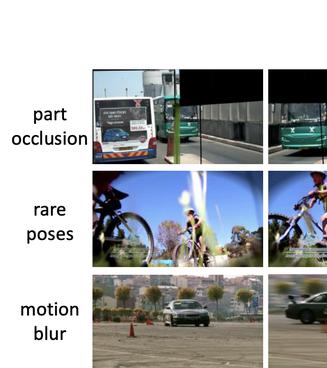Weakly Supervised Cascaded Convolutional Networks
Object detection is a challenging task in visual understanding domain, and even more so if the supervision is to be weak. Recently, few efforts to handle the task without expensive human annotations is established by promising deep neural network. A new architecture of cascaded networks is proposed to learn a convolutional neural network (CNN) under such conditions. We introduce two such architectures, with either two cascade stages or three which are trained in an end-to-end pipeline. The first stage of both architectures extracts best candidate of class specific region proposals by training a fully convolutional network. In the case of the three stage architecture, the middle stage provides object segmentation, using the output of the activation maps of first stage. The final stage of both architectures is a part of a convolutional neural network that performs multiple instance learning on proposals extracted in the previous stage(s). Our experiments on the PASCAL VOC 2007, 2010, 2012 and large scale object datasets, ILSVRC 2013, 2014 datasets show improvements in the areas of weakly-supervised object detection, classification and localization.
PDF Abstract CVPR 2017 PDF CVPR 2017 Abstract








 ImageNet
ImageNet
 MS COCO
MS COCO
 PASCAL VOC 2007
PASCAL VOC 2007
